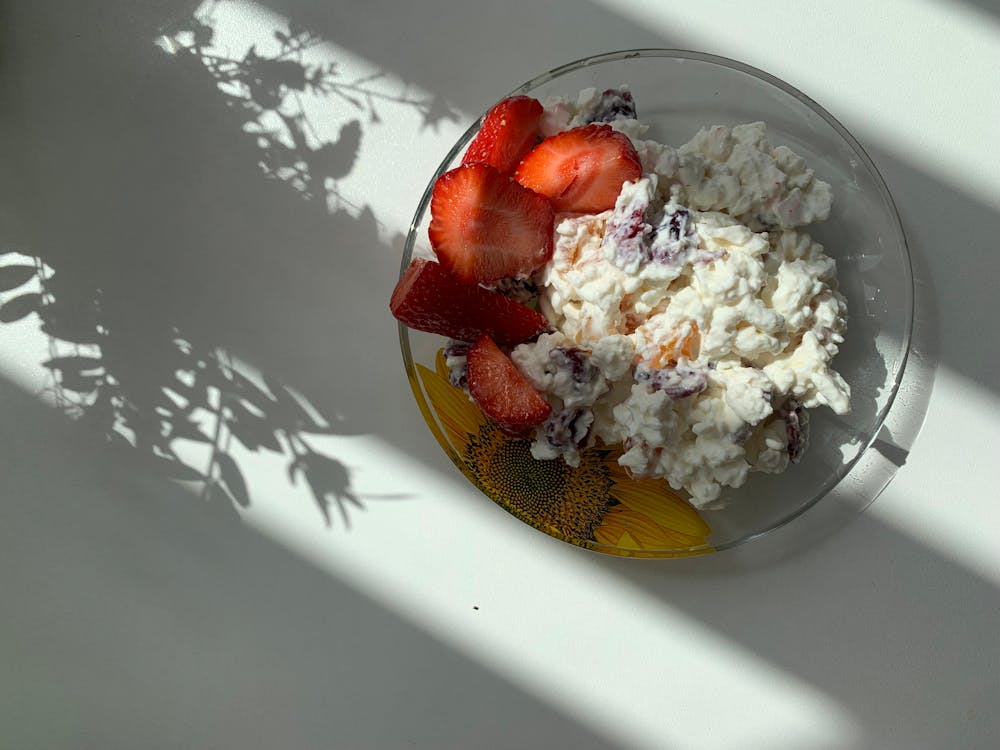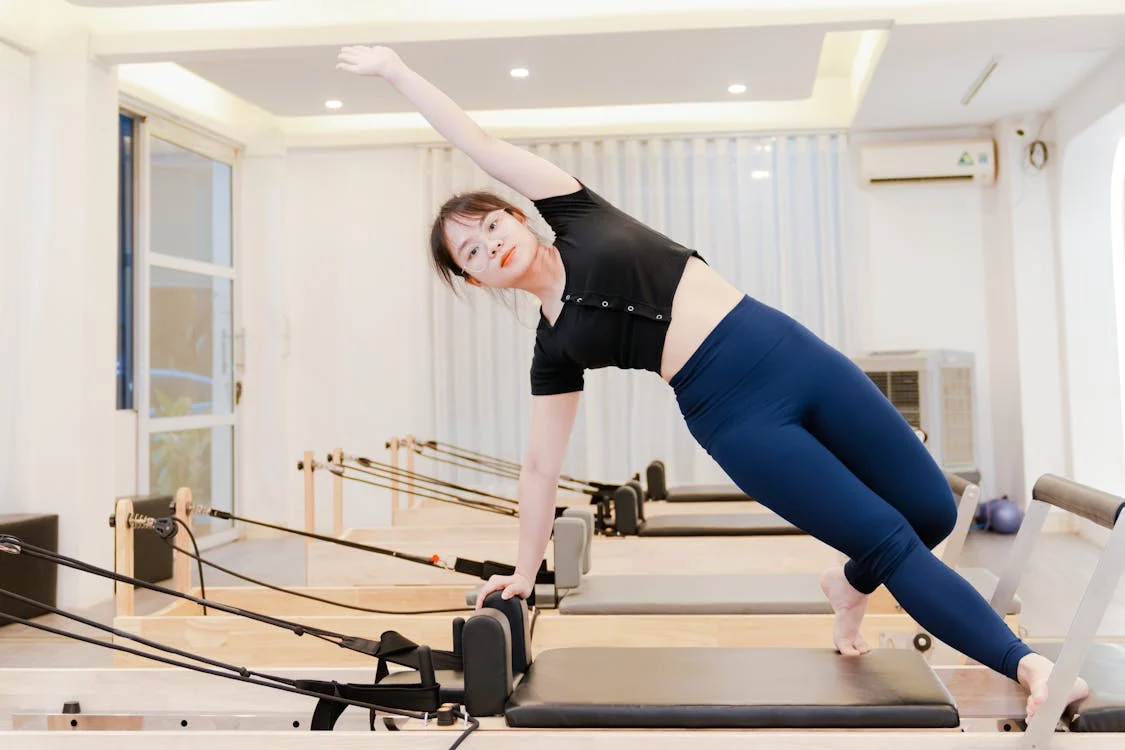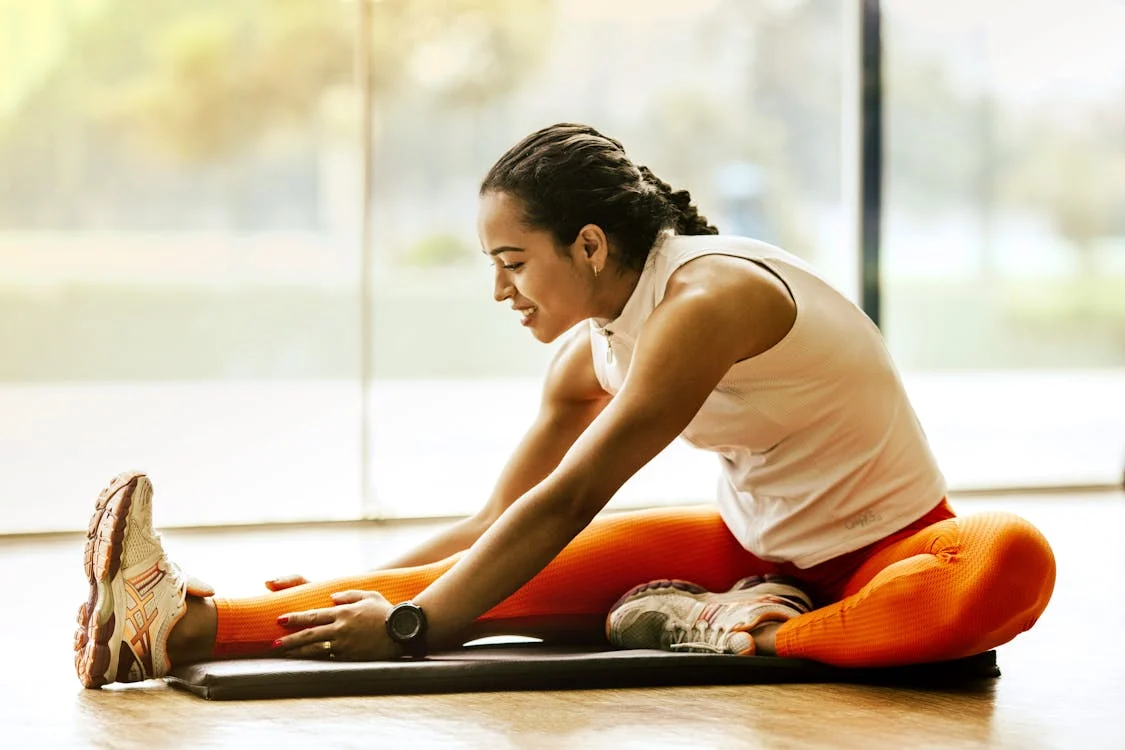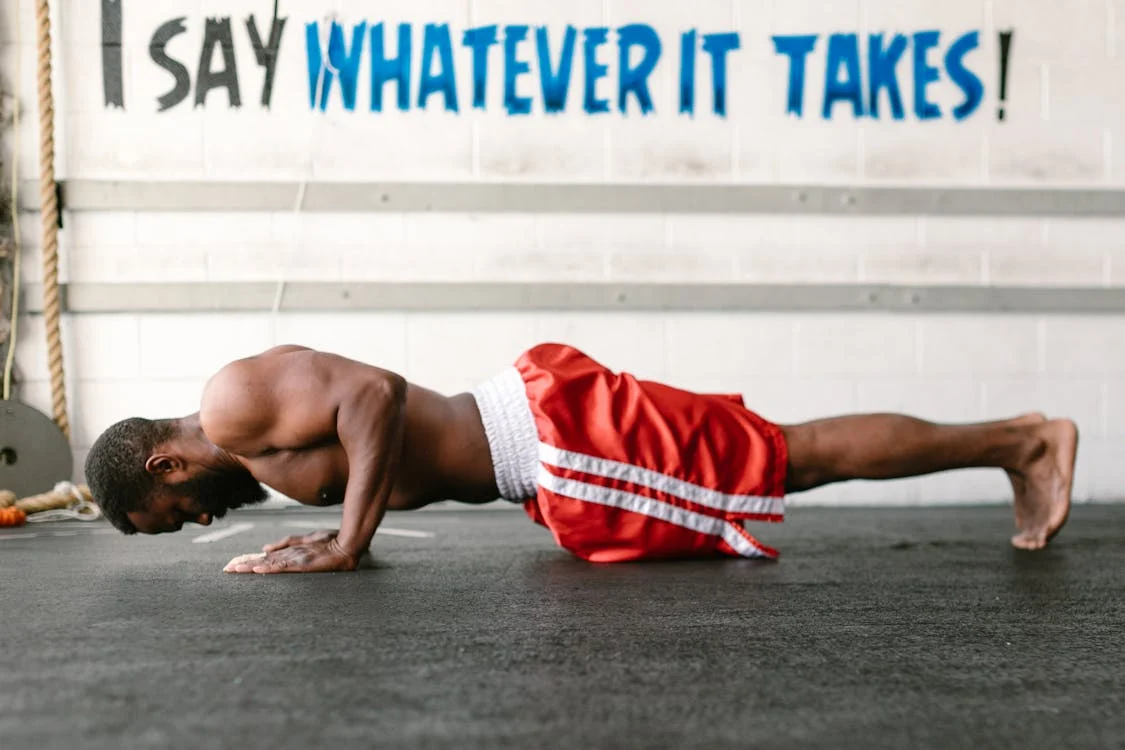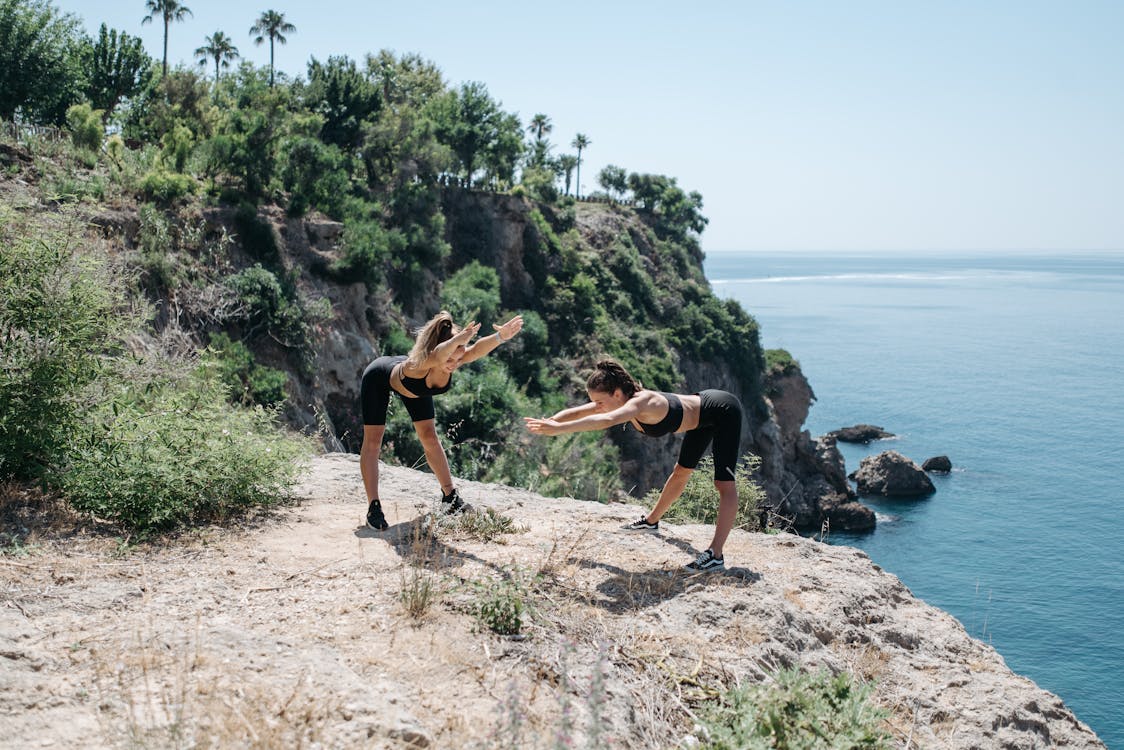If you’re looking to ease joint pain, what you snack on matters just as much as your main meals. Instead of reaching for processed chips or sugary treats, try incorporating small, nutrient-rich foods that fight inflammation and support joint health.
Here are some easy, tasty snacks and mini-meals that can help reduce joint pain naturally.
🥜 1. Nuts & Seeds for Omega-3s
Almonds, walnuts, chia seeds, and flaxseeds are packed with omega-3 fatty acids and vitamin E, which help reduce inflammation and protect joint cartilage.
Snack idea:
A small handful of walnuts with a few dried cranberries makes a perfect anti-inflammatory mix.
🍒 2. Tart Cherries for Natural Relief
Tart cherries and their juice contain anthocyanins, compounds known to reduce inflammation and pain, particularly in conditions like gout and arthritis.
Try this:
Blend tart cherry juice with sparkling water for a refreshing, joint-friendly drink.
🥣 3. Greek Yogurt with Berries
Greek yogurt is rich in calcium and probiotics, which support joint and bone health. Add anti-inflammatory berries like blueberries or strawberries for an added boost.
Tip:
Choose plain, unsweetened yogurt to avoid added sugars that can trigger inflammation.
🥕 4. Raw Veggies and Hummus
Colorful veggies like carrots, bell peppers, and cucumbers are high in antioxidants and fiber. Pair them with hummus (rich in olive oil and garlic) for a nutrient-packed, joint-loving snack.
🐟 5. Sardines or Salmon on Whole Grain Crackers
Fatty fish like sardines and salmon are top sources of omega-3s and vitamin D, which reduce joint stiffness and swelling. Pair them with whole grain crackers for a simple, powerful mini-meal.
🍵 6. Green Tea with a Dash of Lemon
Green tea is full of polyphenols, antioxidants that can help reduce inflammation and slow cartilage breakdown. Add lemon to enhance flavor and vitamin C intake, which supports collagen production.
